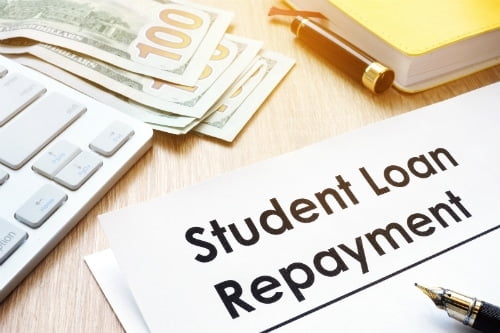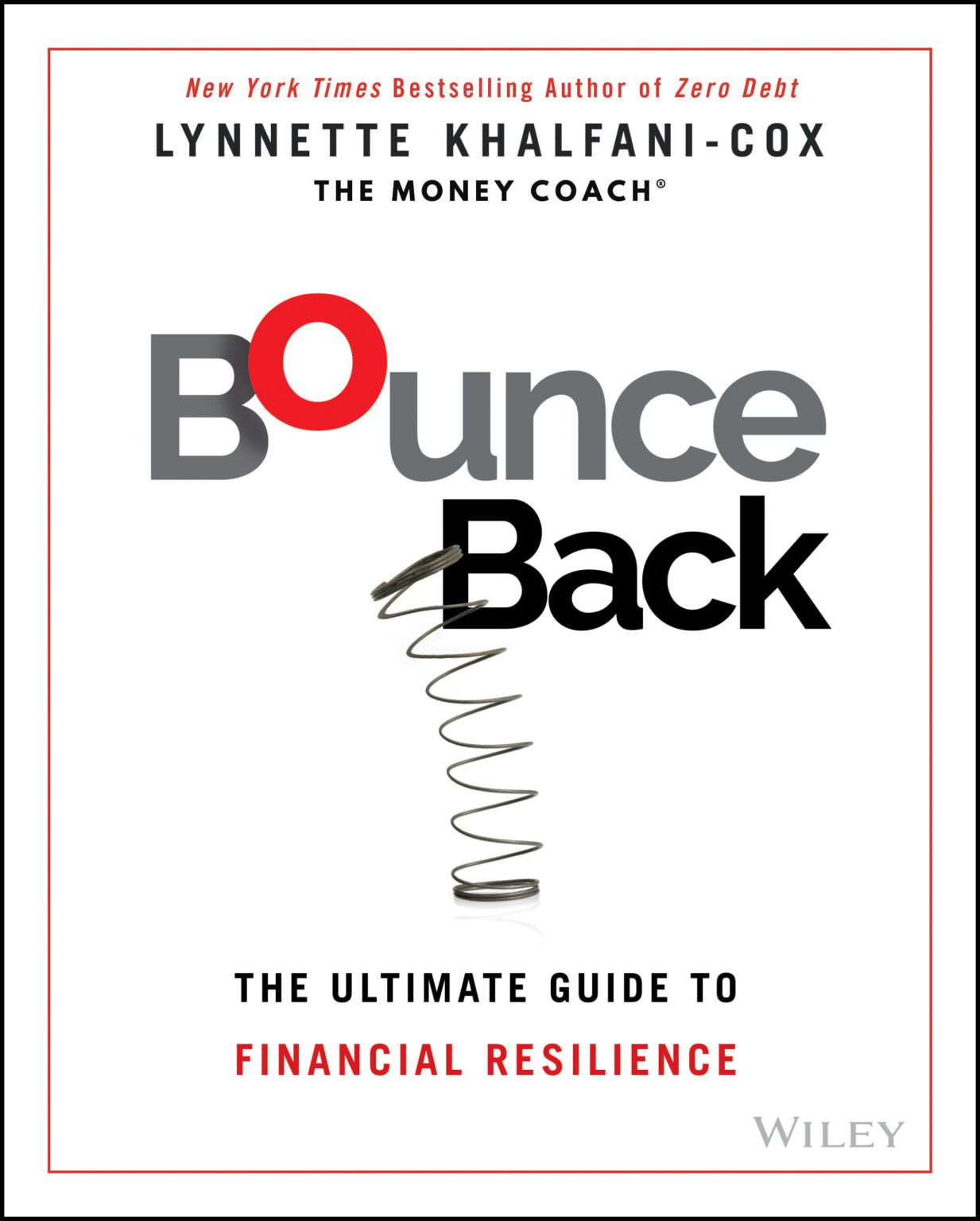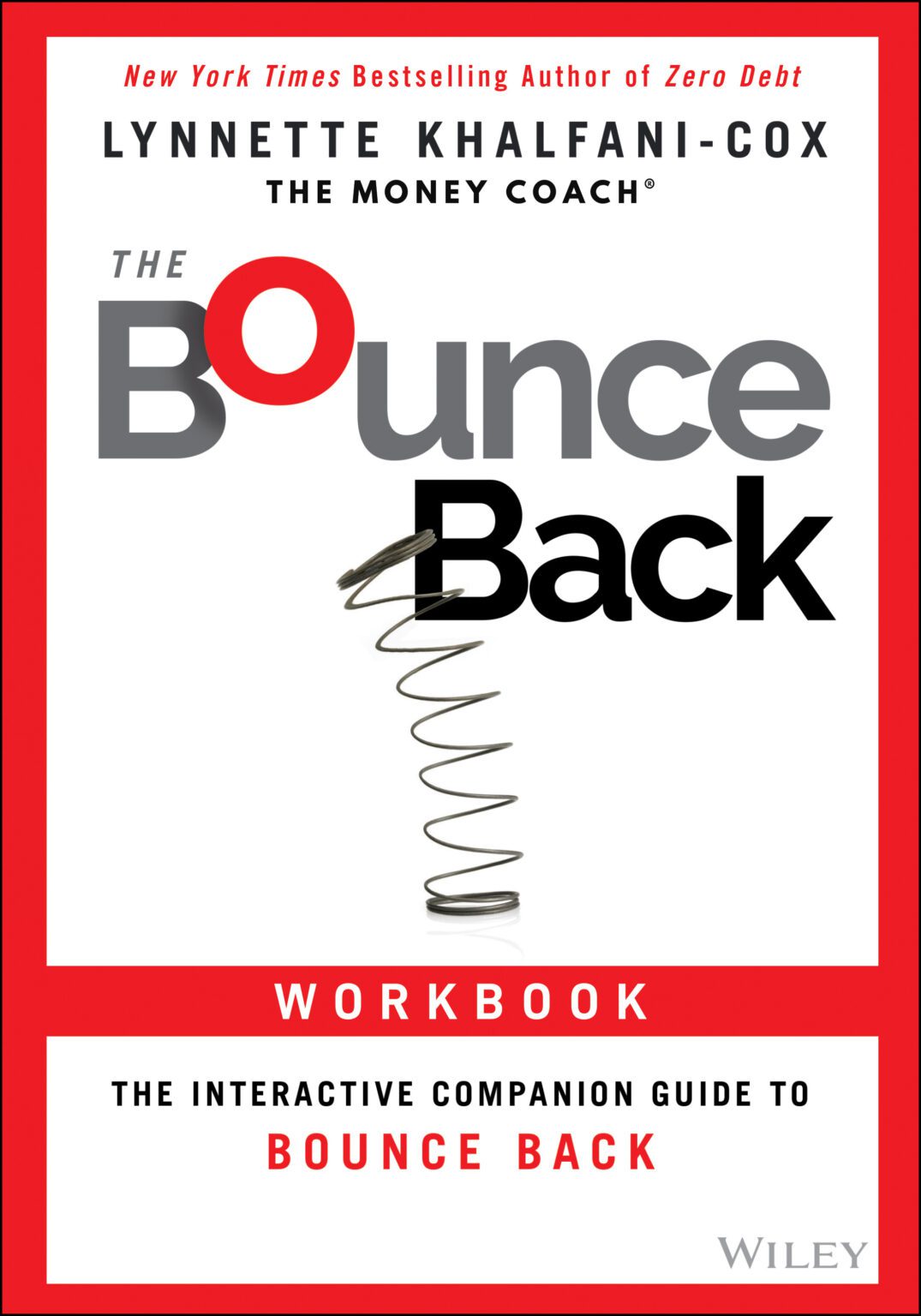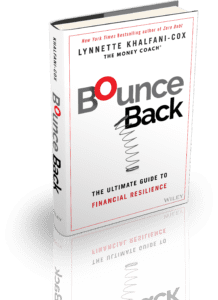College can be an exciting time, but paying off student loans isn’t nearly as fun. Unless you pay it back or you’re one of a rare few who receives student loan forgiveness, student loan debt can cause negative repercussions in other areas of your life. For example, you might not be able to get a mortgage for a new home, and interest rates for car loans will be higher if you don’t handle your student loans responsibly.
LendEDU recently surveyed 1,000 former student loan borrowers. By learning about their thoughts on student loans, you can follow their advice and perhaps have success paying off your student loans. Those who were surveyed had successfully paid off student loan balances of at least $15,000. And 42 percent paid off their student loans in one to five years, so it’s worth noting how they did it.
Lump-Sum Payments Seem to Have A Big Impact
Lump-sum payments may seem hard to scrape together, but many people get mini windfalls of money each year in the form of year-end bonuses at work or tax returns. These lump-sum payments can significantly reduce the time it takes to pay off a loan.
Those who made a lump-sum payment of at least $5,000 paid off their loans faster, with 51 percent of those who put down a lump sum paying off their loan in one to five years, compared to 39 percent of those who didn’t make a lump-sum payment being able to retire their student loan debt in that amount of time.
In the six-to-nine year pay-off category, only 41 percent made a large lump-sum payment. The percentage of those forking over a lump-sum payment of at least $5,000 dwindled to 25 percent in those who took 10 years to pay off their loans.
Of those who did make a lump-sum payment, the median lump sum payment of those who took one to five years to repay their debts was $7,000, compared to a median lump sum of $6,500 for those who paid it off in six to nine years.
Large Monthly Payments Can Also Make a Difference
The size of the monthly payment was a big factor in how quickly the respondents were able to pay off their student loans. Those who paid them off in one to five years had a median monthly payment of $350, while respondents who paid off the loans in six to nine years made a median monthly payment of $250. Those who paid off their loans in 10 years had a median monthly payment of $350, while those who paid it off in 11 to 15 years had a median monthly payment of $250.
When asked what strategies they used to pay off their student loan debt faster, 19 percent of those who paid off loans in one to five years made more than the minimum monthly payment, compared to 18 percent in the six to nine years category and 13 percent in the 10 years.
Another strategy for those who paid off their loans fastest used more frequently was using work bonuses to make lump-sum payments, with 6 percent of those who paid off the loans in one to five years saying that they used this strategy.
Other strategies used by most of the respondents included living at home to avoid rent payments, limiting leisure spending, never taking on credit card debt, limiting retirement contributions, investing aggressively and using profits to repay debt, finding a second job or side gig, moving to a cheaper city, avoiding other major expenses, and using inheritance money to repay debt.
Limiting Private Student Loan Debt
Private student loan debt is a different type of loan than federal student loan debt, with no options for debt forgiveness. Those who paid their debts off the fastest generally had less private debt, with 20 percent of those who paid it off in one to five years carrying private debt. By comparison, 26 percent of those who paid off their debt in six to nine years did, and 36 percent who took 10 years to pay it off did.
Of those who carried private student loan debt, those who took one to five years to pay it off had a median of $5,000. Those who took six to nine years had a median of $9,000, while those who took 10 years had a median of $3,000. Those who took 11 to 15 years had a median of $4,250, those who took 16 to 20 had a median of $10,000, and those who took more than 20 years had a median of $20,000.
Once Repaid, Financial Options Are Boundless
A borrower’s financial situation improves greatly after retiring their student loan debt. Without that debt saddling them down, some respondents started contributing or contributing more to their retirement savings. Of those who paid off their debt in one to five years, 14 percent started contributing more to their retirement after they paid off that debt; 15 percent of those who paid off debt in six to nine years started contributing more; and 16 percent of those in the 10 year bracket did so.
Some of the respondents started contributing more to their emergency savings fund. In total, 12 percent of those who paid off their loans in one to five years began this savings fund. Saving for a house down payment or rent on an apartment was also a priority. Of those who paid off their loans in one to five years, 12 percent started saving for housing costs once they retired that debt.
Other top financial priorities that respondents said they were able to focus on once they retired their student loan debt included eliminating other debt, investing more in the market, and traveling more or saving for traveling.
Additional priorities included building a college fund for teir child, starting their own business, being able to pay for health insurance, taking out a life insurance policy, spending more money on social outings, purchasing new things for enjoyment, and making a down payment on a car or buying a car.
About Mike Brown: In his role at LendEDU, Mike uses data, usually from surveys and publicly-available resources, to identify emerging personal finance trends and tell unique stories. Mike’s work, featured in major outlets like The Wall Street Journal and The Washington Post, provides consumers with a personal finance measuring stick and can help them make informed finance decisions.








